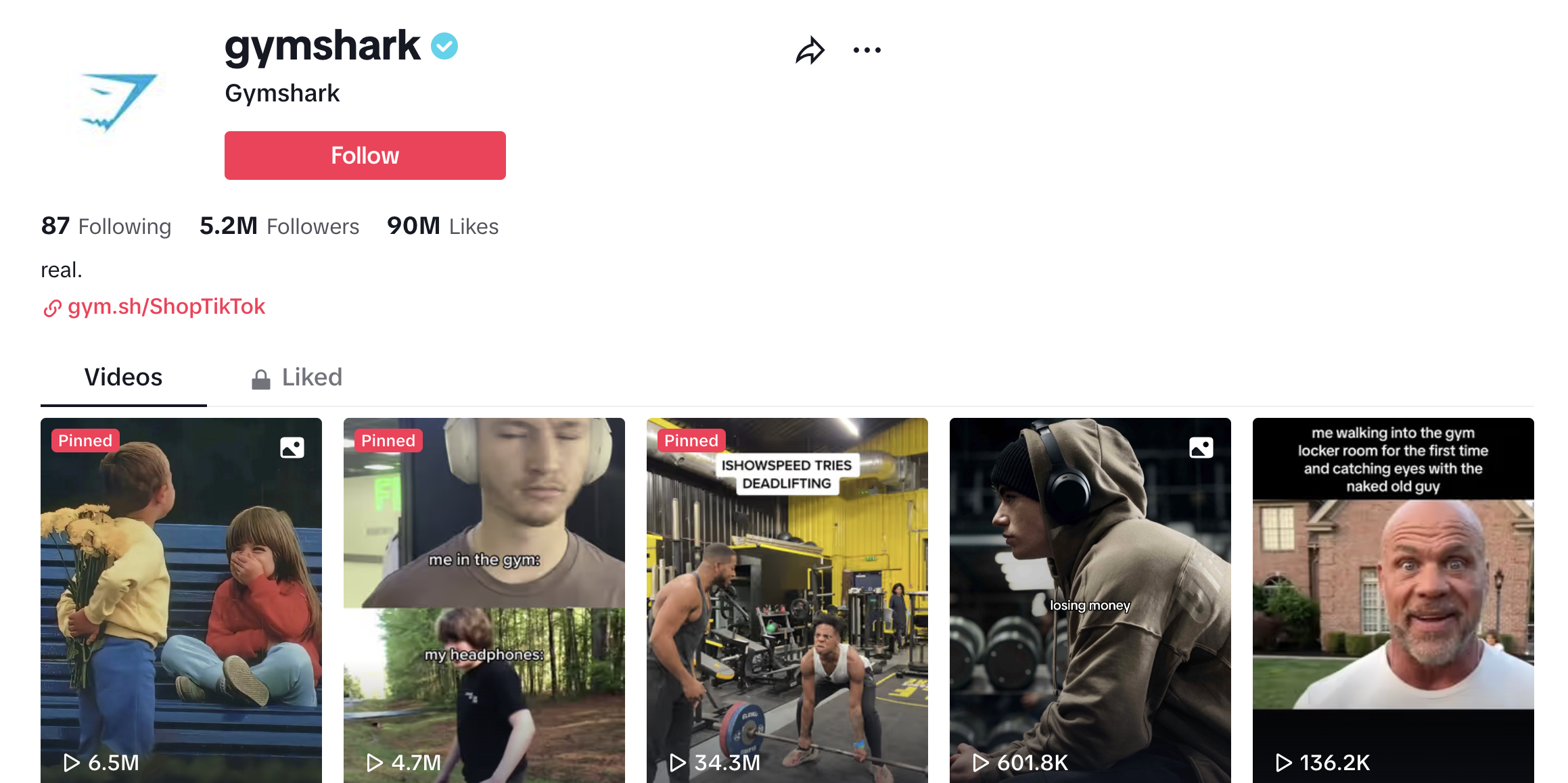Anticipating and leveraging emerging trends is pivotal for ecommerce professionals aiming to enhance sales and maintain a competitive edge in the retail industry. As we look forward to 2024, there are several impactful trends poised to redefine the ecommerce landscape.
Key Takeaways:
- Short-form video is transforming social commerce, with platforms like TikTok and Instagram becoming new shopping hubs.
- Social media is no longer just for promotion; it’s evolving into a direct sales channel.
- Composable commerce promises to reshape the ecommerce landscape.
- Chatbots powered by generative AI are revolutionizing customer experience, offering personalized assistance and streamlining the buying process.
Short-Form Video: The Powerhouse of Social Commerce
Short-form video has become a game-changer in the social media landscape. Defined as videos under 60 seconds, with the sweet spot between 31 and 60 seconds, short-form videos are taking center stage on platforms like TikTok and Instagram. Leveraging these platforms for ecommerce is a strategy that’s gaining momentum. For instance, creating engaging content tailored to the platform’s trends and culture can significantly boost brand visibility and customer engagement.
As social media continues to dominate consumer attention, brands are set to invest more in short-form videos in 2024 than any other content format. Notably, 47% of marketers believe short-form videos are most likely to go viral, and 54% affirm that their companies leverage them.
Short-form videos are not just about entertainment; they present an opportunity for brands to showcase their unique content, participate in trends and engage with their audience authentically. As the trend culture becomes integral, platforms like TikTok set the stage for brands to join in on challenges and social movements.

Gymshark excels in short-form video content on TikTok, seamlessly blending engaging and motivational elements. The brand adeptly embraces platform trends, incorporating them into its unique voice and style. Actively participating in popular hashtags, challenges, and collaborating with influencers, Gymshark showcases a nuanced understanding of TikTok’s dynamic landscape.
Social Commerce: The New Marketplace
The integration of ecommerce with social media is transforming these platforms into direct sales channels. According to recent statistics, nearly half of social media users would consider purchasing a product directly through platforms like Instagram or TikTok. Instagram Shops exemplify this trend, allowing businesses to set up storefronts, add products and run ads seamlessly—all within the Instagram app. Social media is no longer just a promotional tool; it’s becoming a digital marketplace with an ever-expanding customer base.

Walmart is entering the social commerce realm with “Add to Heart,” a holiday romantic comedy on TikTok and YouTube. The 23-part series seamlessly weaves 330 shoppable products into its plot, set around a designer’s holiday encounter at a local Walmart. Walmart’s success in shoppable content is indicative of a rising trend, with a projected 5.7% increase in US shoppable media buyers, reaching 94.2 million this year.
Composable Commerce: Beyond Traditional Ecommerce
In the rapidly evolving landscape of ecommerce, composable commerce is emerging as a transformative paradigm for businesses seeking agility and innovation. Unlike traditional one-size-fits-all solutions, composable commerce empowers ecommerce teams to curate a bespoke ecosystem by strategically selecting and assembling best-of-breed commerce solutions. This approach, anchored in modern technologies like MACH (Microservices, API, Cloud, Headless) and JAMstack (JavaScript, APIs and Markup), ensures adaptability to the ever-changing market dynamics of 2024 and beyond.
This approach liberates business users, enabling them to make dynamic changes to digital strategy, embrace new business models and create unique customer experiences without heavy dependence on IT. With its modular architecture, open ecosystem and the ability to outmaneuver competitors by swiftly adapting to market needs, composable commerce stands as the key to unleashing unparalleled flexibility and differentiation in the competitive landscape of ecommerce. Check out the recent CommerceNext webinar for a composable commerce deep dive.
Generative AI and Chatbots: Redefining Ecommerce Interactions
At the forefront of ecommerce innovation stands Generative AI, a technology that continually evolves, unlocking new possibilities in the digital commerce landscape. When seamlessly integrated into chatbots, Generative AI elevates customer interactions, as exemplified by Domino’s innovative use of a Messenger bot for full-menu ordering. This application showcases the transformative potential of chatbots in enhancing customer experience and streamlining sales processes. As Generative AI matures, it foreshadows the rise of personalized shopping assistant bots, expected to proliferate in 2024, offering heightened levels of customer engagement and satisfaction.

In the realm of ecommerce customer experience, chatbots, empowered by Generative AI, are evolving into indispensable allies. Expanding beyond their conventional role in customer support, these AI-driven chatbots now serve as personalized shopping assistants, guiding users seamlessly from product discovery to purchase. Their increasing intuitiveness and customization to individual preferences are poised to redefine the online shopping journey, making them an essential tool for ecommerce professionals in the upcoming year. As we step into 2024, the synergy of Generative AI and chatbots emerges as a transformative force, promising to shape a more personalized and efficient online shopping experience for consumers. Check out our article with Christian Ward, Chief Data Officer at Yext, who covers chatbots and Generative AI.
To delve deeper into the future of ecommerce and gain invaluable insights from industry experts, join us at the CommerceNext Growth Show in NYC on June 11-13. Register now to learn more, connect more and do more for your brand.
FAQs:
1. How do short-form videos on platforms like TikTok and Instagram impact consumer behavior in terms of purchasing decisions, and are there any studies or research that delve into the psychological aspects of engagement with this content?
Research conducted by platforms like TikTok and Instagram, as well as independent studies, have explored the effects of short-form videos on consumer behavior. For instance, a study by TikTok and Kantar Media found that 55% of users feel more connected to brands that post videos they find entertaining or informative. Additionally, research published in the Journal of Marketing Research suggests that short-form video content can significantly influence consumers’ emotional responses and purchase intentions. These studies provide insights into the psychological mechanisms underlying engagement with short-form video content and its impact on purchasing decisions.
2. Beyond Instagram Shops and TikTok’s “Add to Heart” series, what other innovative examples exist of brands effectively leveraging social commerce and what metrics or indicators demonstrate the success of these initiatives beyond just engagement metrics?
Beyond Instagram Shops and TikTok’s “Add to Heart” series, numerous brands have embraced social commerce in innovative ways. For example, fashion brand Burberry launched a virtual pop-up store on Chinese social media platform WeChat, allowing users to explore and purchase limited-edition products via augmented reality (AR) filters. Additionally, beauty brand Sephora utilizes Facebook Messenger chatbots to provide personalized product recommendations and facilitate purchases directly within the messaging app. Case studies and success stories from these brands, along with metrics such as conversion rates and revenue generated, demonstrate the effectiveness of social commerce initiatives beyond engagement metrics.
3. What are some potential challenges or drawbacks that businesses may encounter when implementing this approach and how can they mitigate these challenges effectively?
While composable commerce offers benefits in terms of agility and innovation, there are potential challenges that businesses may encounter during implementation. These challenges include integration complexities, interoperability issues between different components of the ecosystem and the need for skilled IT resources to manage and maintain the infrastructure. According to a report by Gartner, organizations transitioning to composable commerce must carefully evaluate their existing technology stack, establish clear governance policies and invest in employee training to address these challenges effectively. Case studies and insights from industry experts can provide practical guidance on overcoming implementation hurdles and maximizing the benefits of composable commerce.
Related Posts
-
NRF 2024: Top 5 Things to Do at Retail’s Big Show
In the ever-evolving world of retail, the National Retail Federation's…
-
Retail Omnichannel Strategy: How to Meet Multi-Channel Demands
Excelling in omnichannel strategies is pivotal for retail brands striving…
-
CommerceNext Announces 2024 Dates for Ecommerce Growth Show
Next Year’s Conference to Take Place June 11-13, 2024 In…




